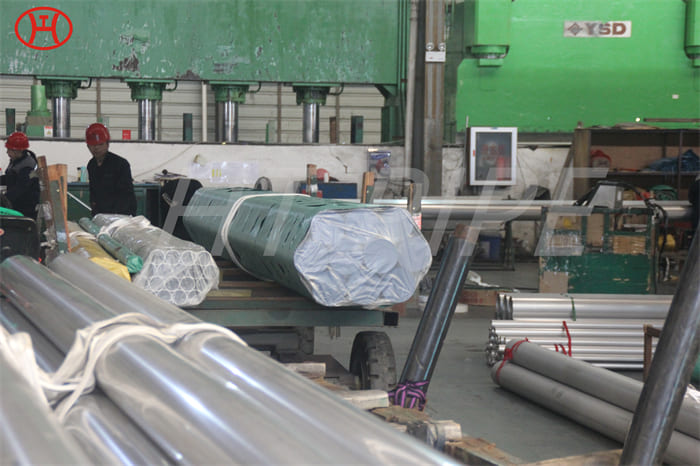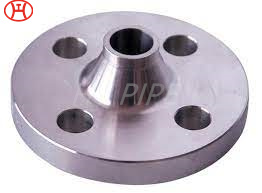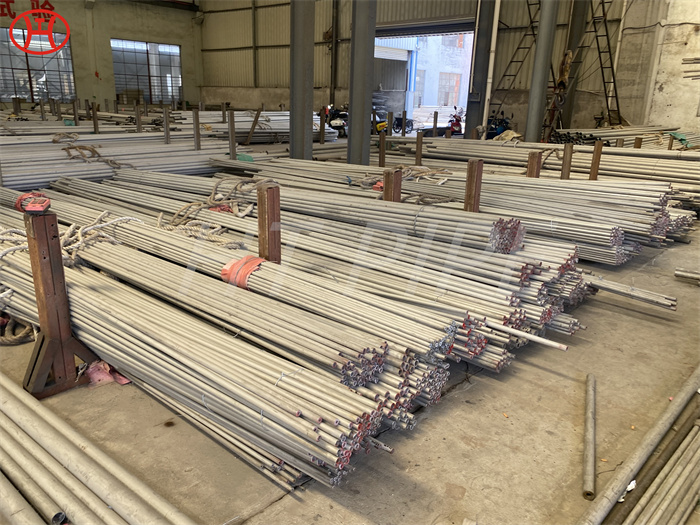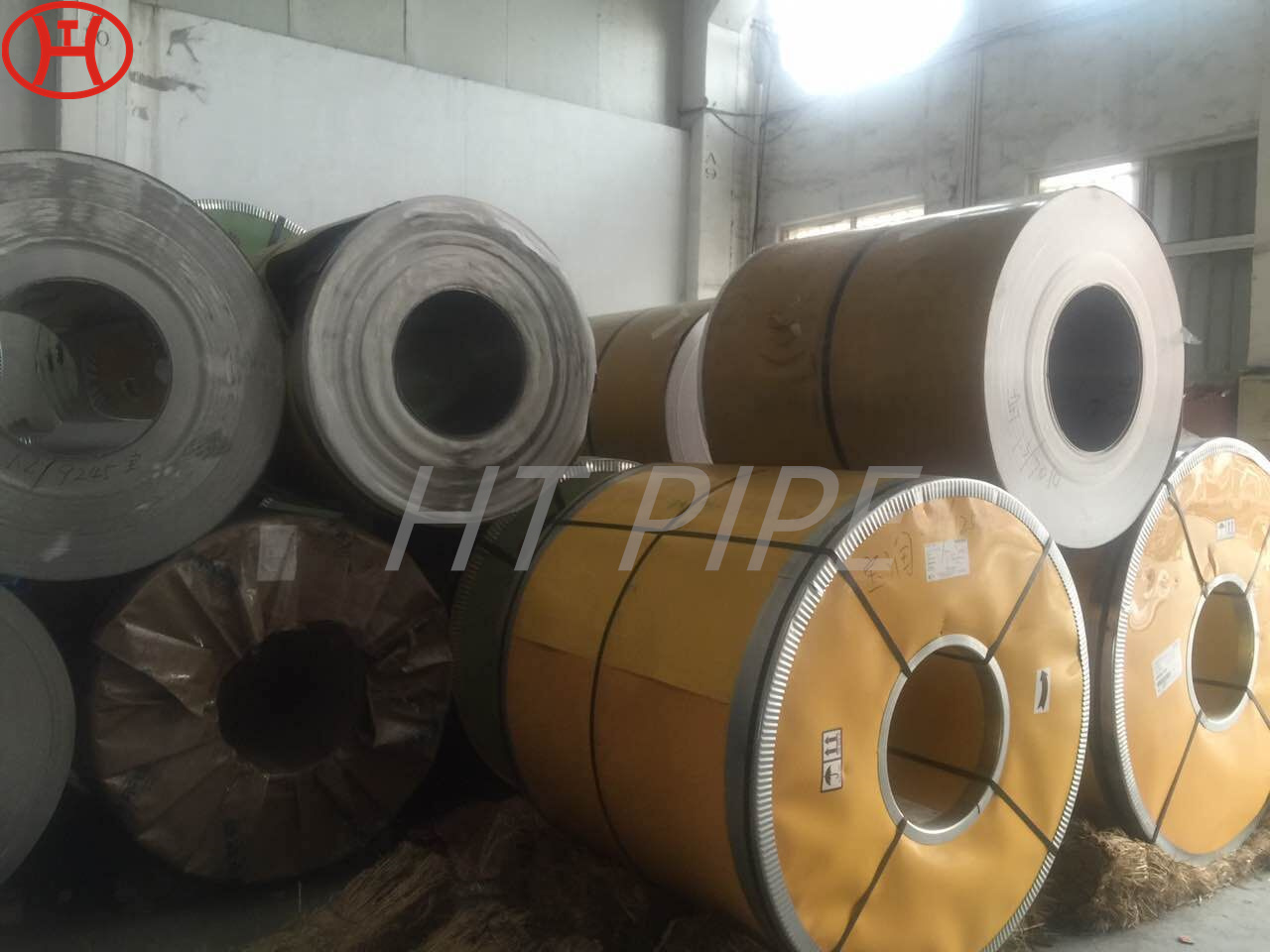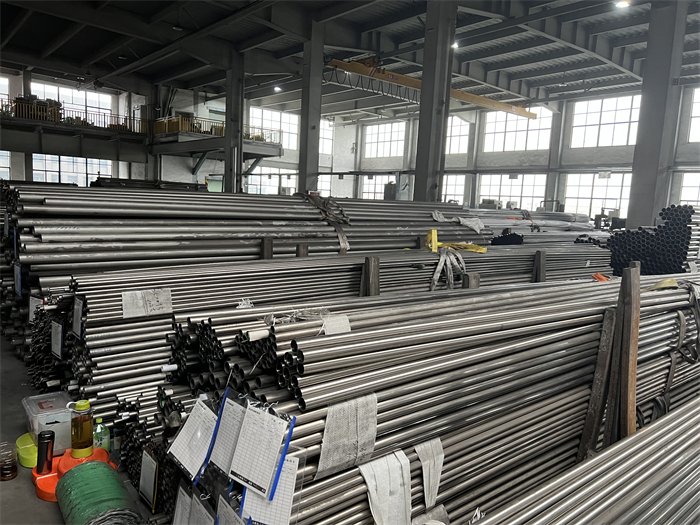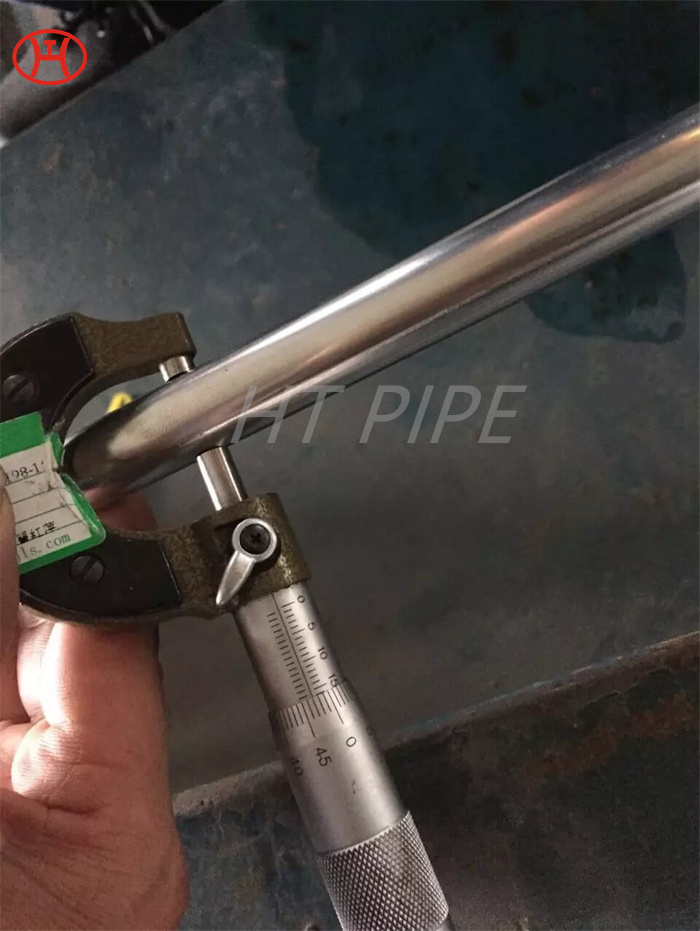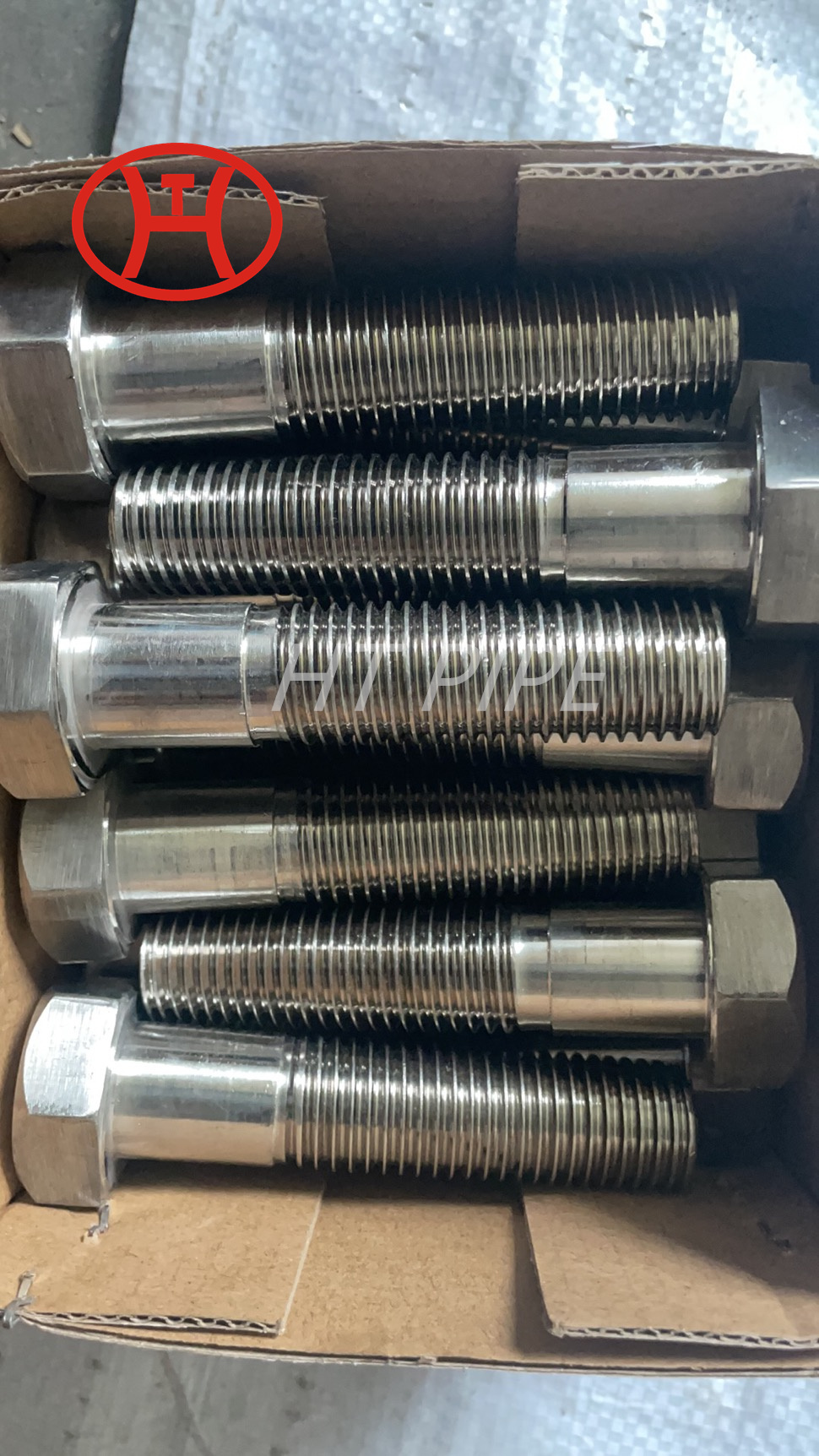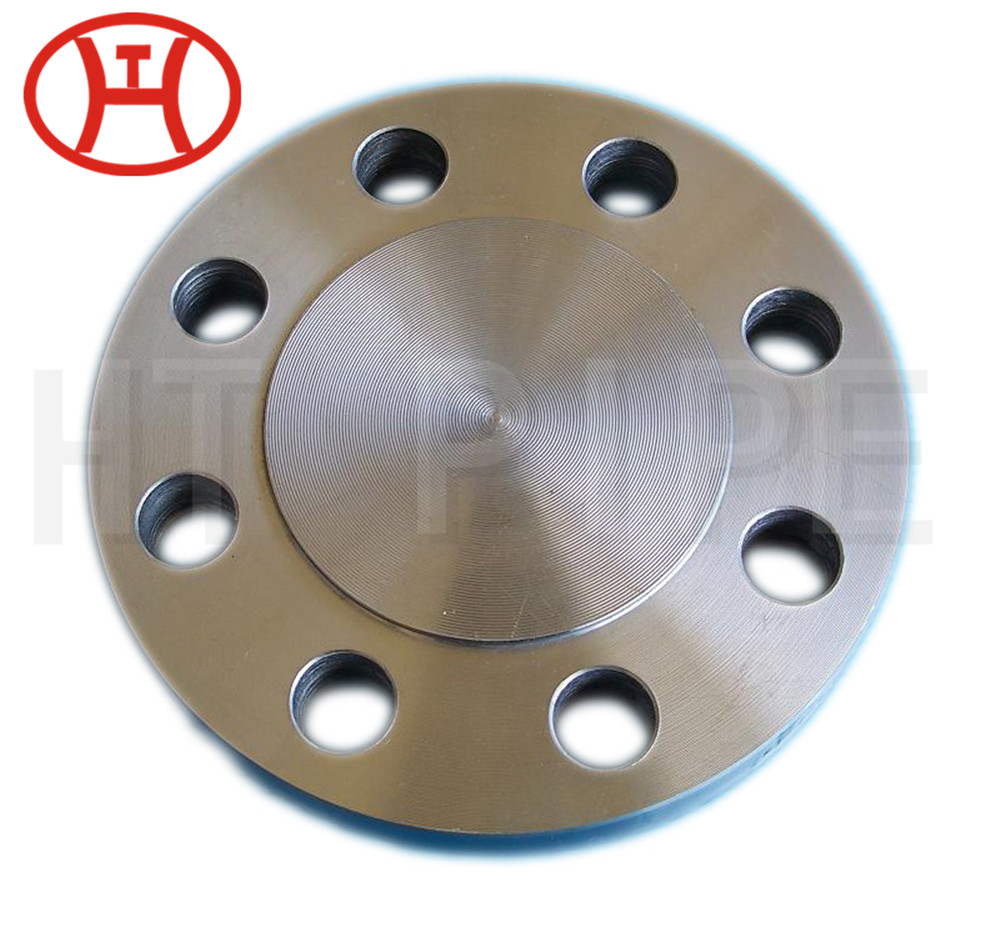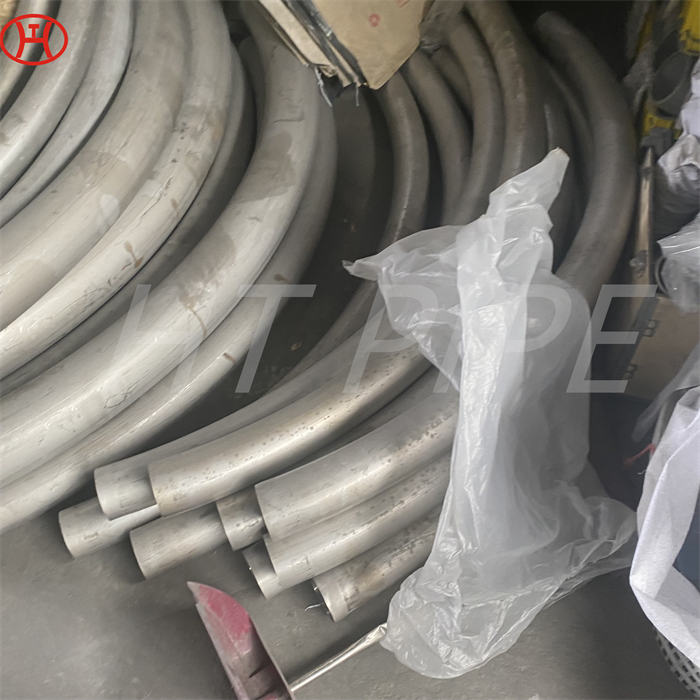ASTM A182 F51 S31803 2205 Duplex Stainless Steel Round Bar
Duplex-grade stainless steel alloys have ferritic/austenitic properties, giving these materials superior strength and excellent resistance to oxidation.
Duplex Steel Forged Bar, Duplex Steel S31803 Forged Bar, 2205 Duplex Steel Forged Bar, Duplex Steel UNS S31803, S32550, S32750, S32205, S32760 Bars, Rods, Super Duplex Steel UNS S32760, S32750, S32950 Forged Bar
UNS S31803 or 2205 Duplex is a super austenitic premium stainless grade that exudes high corrosion resistance. The name comes from the chemical make-up of 22% Chrome and 5% Nickel. 2205 Stainless Bar was originally created for the pulp and paper to counter act harsh chemicals and chlorides. S31803 bar is now prevalent in many industries as a more cost-efficient alloy in lieu of higher nickel grades.

S31803 bar displays high energy absorption and resistance to erosion. Duplex 2205 and S31803 bar have higher heat conductivity and low thermal expansion compared to austenitic stainless steels. 2205 Duplex Steel Forged Bar boasts high strength, good resistance to sulfide stress corrosion, and high resistance to pitting and crevice to corrosion.
Duplex S31803, also known as stainless steel grade 2205, is a standardized formulation that conforms to UNS specification regulations. The temperature range of S31803 Duplex Steel Forged Bar is typically listed as -50° to 300° C (-58° to 572° F); outside of this range, the performance of Duplex Steel UNS S31803 round bar characteristics degrade. Specifically, duplex S31803’s micro-components experience precipitation with prolonged exposure to high temperatures, and ductility suffers with immersion in extremely cold environments.
Duplex Stainless Steel Forged Bar Specifications :
| Size | : | 10 mm To 100 mm Dia in 100 mm TO 6000 mm Length. |
| Standard | : | ASTM A276, A479 / ASME SA276, SA479, ASTM A789 / A789M & ASTM A928 / A928M |
| Grade | : | UNS NO. S 31803, S 32205, S 32550, S 32750, S 32760. |
| Finish | : | Bright, Polish & Black |
| End | : | Round, Square, Hex (A/F), Rectangle, Wire (Coil Form), Wire-mesh, Billet, Ingot, Forging Etc. |










































































































